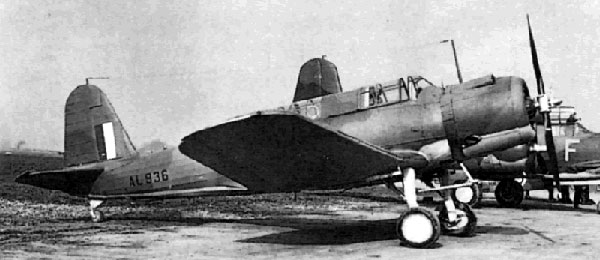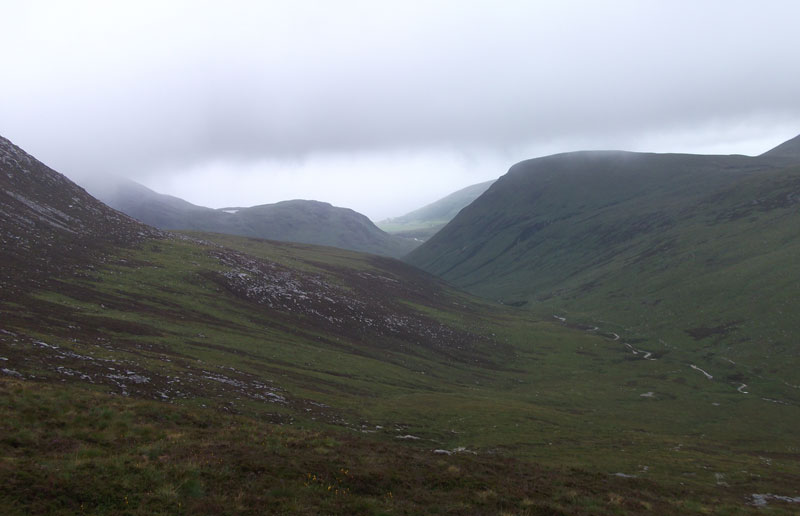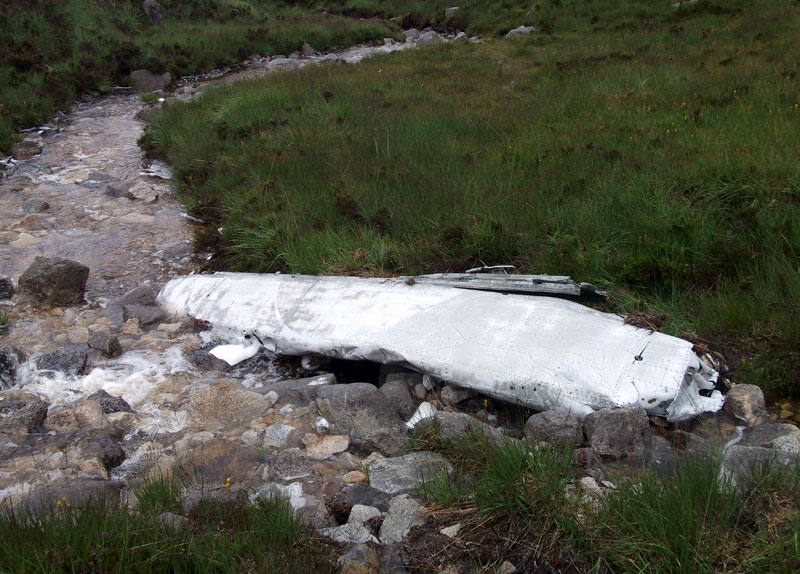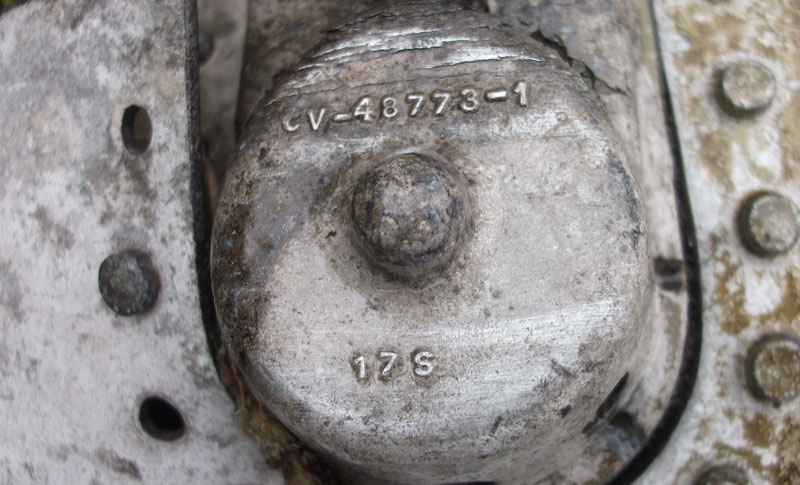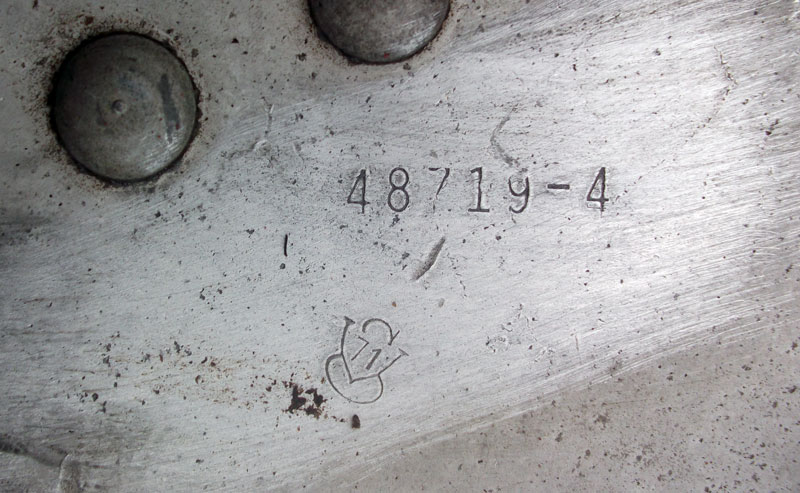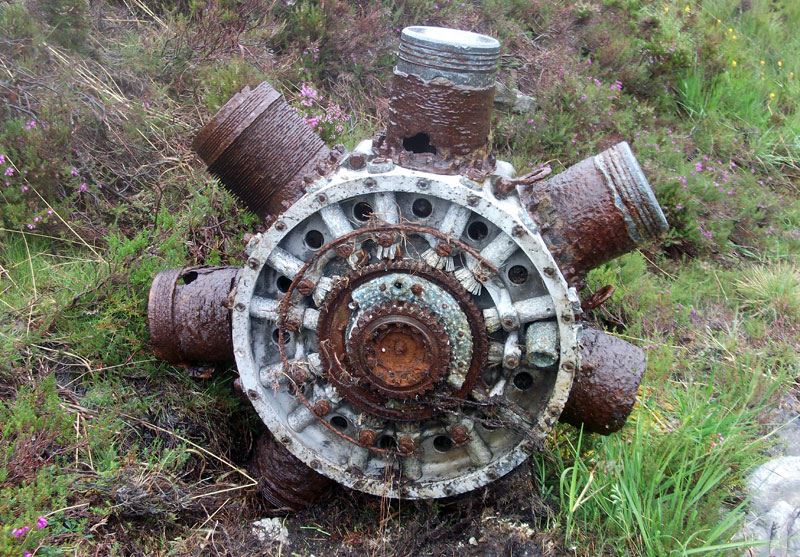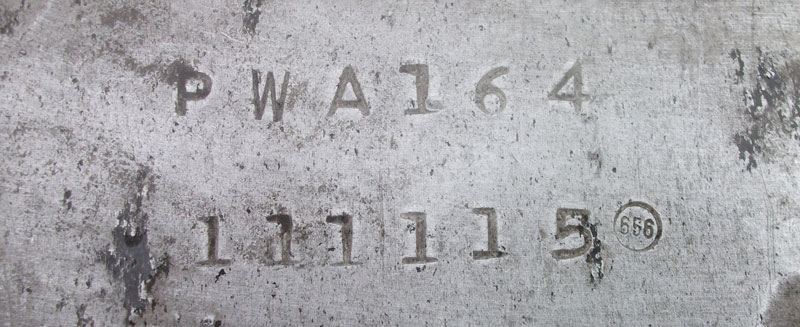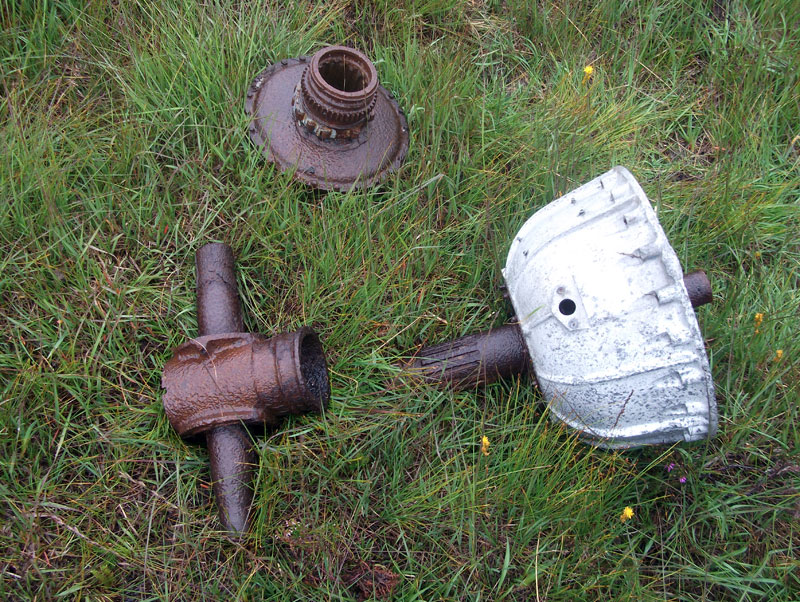Chesapeake AL941 on Isle of Arran.
The Chesapeake was mainly used as a training aircraft by the Royal Navy and on 22nd July 1943 the crew of this aircraft were undertaking one such training flight out of their base of HMS Landrail at RNAS Machrihanish when the aircraft flew into low cloud. The aircraft struck the side of Beinn Tarsuinn on the west side of Gleann Diomhan, towards the north of the Isle of Arran and the two crew flying in the aircraft were killed. Little of the aircraft appears to have been removed from the crash site at the time and much of the wreckage was dumped in a watery gully below the crash site. A display on air crashes on Arran in the Heritage Museum in Brodick shows a photograph of a military helicopter credited lifting a large wing section from this crash site in more recent years but it appears to be the same wing section still at the crash site when I visited in 2014.
Pilot - Acting Sub Lt Alexander James Andrew Buchanan RNVR, aged 21, of Hillhead, Glasgow. Cremated Glasgow Crematorium.
Observer - Acting Sub Lt Henry William Smith RNVR, aged 21, of Camberwell, London. Buried Camberwell New Cemetery, London.
I visited this crash site in very poor weather in July 2014 and later climbed Beinn Bhreac to get general photographs of the crash site but due to the weather I could not see the site from that side of the glen so these photograph show the Gleann Diomhan and the area of the crash from the head of the glen looking north.
This photograph shows a large wing section is now in a sorry state in the stream below the crash site. Older photographs of it appeared in David Smith's book "High Ground Wrecks and Relics" and on Alan Clark's website with the roundel more visible and with the wing straight, it appears to have been dropped and bent since in the last ten years since Alan Clark took the photograph shown on his webpage detailing this incident.
A small piece of the aircraft with a number of colours of paintwork visible.
A couple of items with visible part numbers, I assume that the "CV" prefix refers to the Chance Vought company that built the original Vindicator type and later re-named the Chesapeake in Royal Naval service. The distinctive Vought logo can be seen on the photograph shown below.
The main Pratt and Whitney R-1535 Twin Wasp engine block (above) with a part number (below) found on both the block and on the reduction gear casing which could be the engine number. Part of the engine which was located between the main part of the engine shown above and the reduction gear casing was not found during my visit to the crash site in July 2014 but it could well be buried at the site. The engine appears to have been deliberately broken up when the site was "cleared".
The two bladed propeller boss, the reduction gear casing and part of the gearing.
The aircraft's main undercarriage legs.
